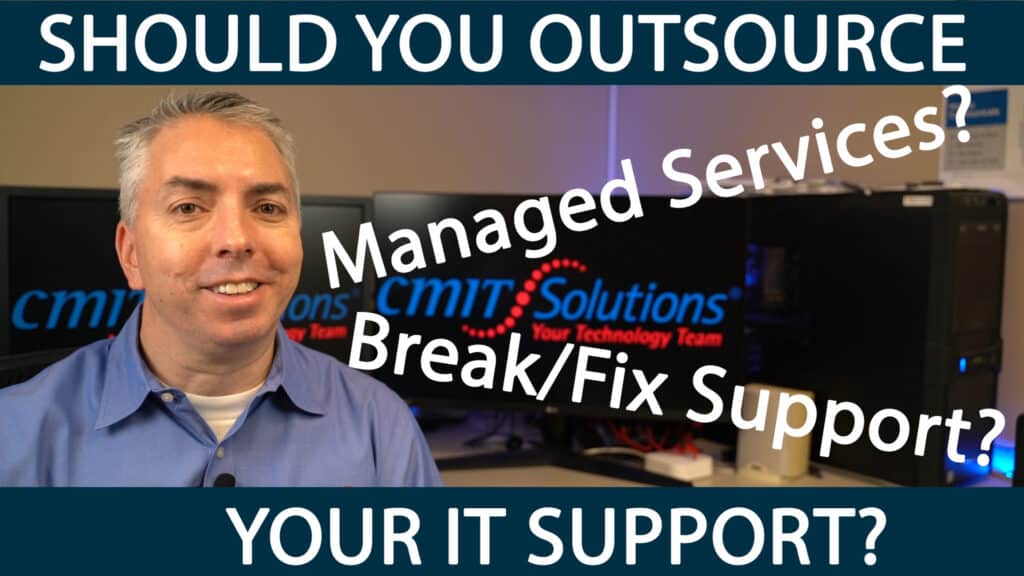In the realm of information technology, clarity in definitions is vital. At CMIT Solutions of Oak Park, Hinsdale & Oak Brook, we regularly encounter a common misunderstanding among business leaders: the interchangeable use of “security” and “privacy.” While these two terms are often linked, their definitions and implications are distinctly different—and conflating them can be costly.
This blog explores what it truly means to secure versus privatize your data, especially within the mobile ecosystem, and why it’s critical for businesses to grasp the distinction.
Security vs. Privacy: Why the Difference Matters
Security is about preventing unauthorized access or manipulation of data.
Privacy, on the other hand, refers to limiting the visibility of your data and actions to only those you explicitly permit.
While security and privacy often overlap, they are not synonymous. For instance, unified communication tools can secure messages through encryption but may still collect metadata about your conversations. Knowing the nuances between these terms helps businesses avoid unnecessary exposure and navigate evolving regulatory landscapes.
Additionally, establishing a clear distinction between these two concepts allows for targeted strategies. At CMIT, our multi-layered security approach ensures businesses benefit from both protection and transparency.
Spotify and DRM: Secure but Not Private
Consider Spotify. The company uses Digital Rights Management (DRM) to ensure only authorized users can access music files, making the data secure. However, since anyone can sign up, user privacy isn’t protected. This highlights how cloud systems can be secure but still fall short on privacy.
Even though DRM technologies may enforce copyright controls, they do not restrict the platform’s data visibility, allowing backend systems to track user behavior, preferences, and even listening habits. As a result, companies that rely heavily on streaming and similar tech must remain vigilant about what security truly entails.
Social Media and Security Through EULAs
When you agree to a social platform’s End User License Agreement (EULA), you often authorize your data to be shared with partners. If those partners maintain top-tier cybersecurity (such as encryption and segmentation), your data remains secure. But privacy? Not so much. You lose control over how your data is used.
This has major implications for compliance and regulatory strategies. For example, data shared across multiple vendors can make it difficult to trace breaches and may expose you to liabilities. That’s why having a strong compliance framework is vital for any business using third-party platforms.
Mobile Devices: A Case Study in Security Without Privacy
Mobile devices are often perceived as insecure. However, the reality is more nuanced. Most mobile OS designs prioritize security—not privacy. For example, mobile devices:
- Enforce sandboxing to isolate apps.
- Implement robust app permission controls.
- Restrict root access to limit malware spread.
These features benefit OS developers and align with zero-trust models. But they don’t empower users with control over who sees their data.
Adding a layer of mobile device management (MDM) can mitigate some of these privacy concerns by giving IT administrators enhanced oversight.
Mobile Security: Designed With Vendor Advantage
Features like app permissions seem privacy-centric but primarily serve to restrict third-party apps while still granting first-party apps unrestricted access. Similarly, root restrictions lock down devices against unauthorized code but also limit your ability to shield your own data from the OS developer.
With managed IT services, businesses can deploy mobile solutions that balance security with visibility and control—ensuring internal compliance without giving away too much power to vendors.
The Illusion of Privacy in Popular Mobile Systems
First-party apps—those baked into the OS—usually require and receive more access. They’re embedded, often irremovable, and integral to daily phone functions. Data backups or app interactions may seem user-initiated but are part of broader vendor data collection strategies.
This underscores the need for enhanced endpoint security. If you’re using mobile-first workflows in your operations, then controlling what goes in and out of those systems is mission-critical.
What Real Privacy Would Require
To achieve true privacy, businesses would need control over:
- Operating system source code
- Application permissions with auditability
- Network traffic visibility and control
These elements are often only available through open-source environments or enterprise solutions with custom IT guidance. Crafting a privacy-first architecture requires dedicated planning, something CMIT can help you achieve.
Why This Distinction Matters for SMBs
As small to midsize businesses (SMBs) adopt more mobile and hybrid work models, they must weigh the tradeoffs between usability, security, and privacy. Tools that offer seamless connectivity, like unified communications, should also be evaluated for vendor access policies and data exposure.
IT leaders must recognize how digital convenience can often come at the cost of control. That’s why CMIT Solutions recommends conducting a regular IT assessment to identify both risks and opportunities for safeguarding digital assets.
The Role of Endpoint Management in Security vs. Privacy
Endpoint detection and response (EDR), mobile device management (MDM), and SIEM tools like Microsoft Sentinel help secure your endpoints. But without user education, they don’t guarantee privacy.
A holistic approach—combining procurement strategy, MDM, and privacy audits—is necessary to align your tech stack with business goals. In our experience, companies that build security and privacy into every tech decision see better compliance outcomes and greater user trust.
Conclusion: Rethinking Your Tech Stack with Privacy in Mind
Security and privacy are not interchangeable. As mobile workforces grow and technology vendors gain more access, businesses need to understand the limitations of mainstream mobile ecosystems.
With support from CMIT Solutions of Oak Park, Hinsdale & Oak Brook, you can:
- Assess and enhance your mobile policies
- Deploy privacy-centric tools
- Align your mobile usage with compliance mandates
- Secure endpoints while protecting sensitive data
By investing in layered protection and strategic planning, your business can operate securely while minimizing unnecessary exposure. To get started, schedule a privacy consultation and ensure your operations are ready for what’s next.







